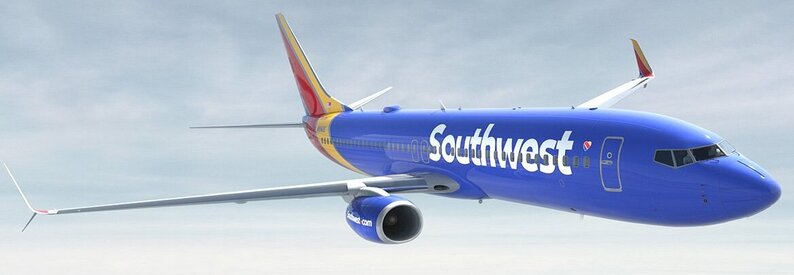Southwest Weighs Widebodies for Future Long-Haul Plans

Southwest Airlines is evaluating a potential long-haul strategy that could, for the first time, see the carrier introduce widebody aircraft to its fleet. Speaking to reporters, CEO Bob Jordan said the airline is exploring options beyond its traditional all-Boeing 737 model to meet customer demand for premium services and longer routes.
“Everything is on the table,” Jordan said. “It could be that a widebody is just too much,” acknowledging that the current fleet is not suited for long-haul international operations. Any major fleet change, he added, would take at least three to four years to implement.
The consideration marks a significant departure from Southwest’s decades-long single-fleet approach, which has helped the airline maintain low costs and operational simplicity but limited its route network. Adding a second aircraft type—especially widebodies—would require new training, maintenance infrastructure and supply chains, representing a major strategic shift.
Since 2024, Southwest has been transforming its business model under investor pressure, introducing assigned seating, more legroom, red-eye operations and reducing its workforce to cut costs. The airline has also divested non-core ventures, including a sustainable aviation fuel subsidiary, as part of a broader push to refocus on core operations.
According to ch-aviation data, Southwest operates 332 Boeing 737-700s, 277 Boeing 737-8s and 203 Boeing 737-800s, with additional 737 orders in the pipeline. Industry observers say a move toward widebody aircraft could unlock new international markets for Southwest but would also challenge its hallmark simplicity and cost discipline.
Sources: AirGuide Business airguide.info, bing.com
